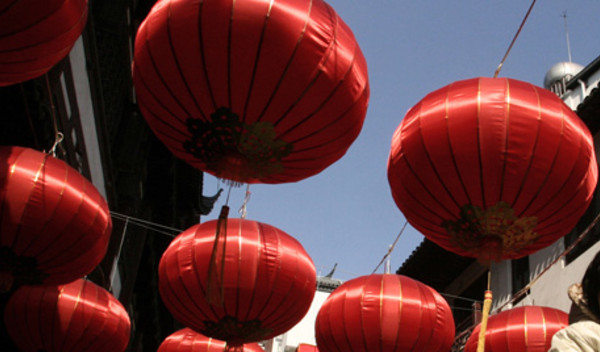

The Shanghai Composite index of domestically listed A-shares has risen 136 per cent in yen terms in the past year.
The increase far outstrips the majority of other global indices, including the closely linked Hong Kong H-share market, data from FE Analytics shows.
The A-share market sold off strongly in recent weeks, meaning it was just above flat for the past month. But managers have said the reasons for its earlier large rise might still have momentum and some valuation metrics suggested further upside was possible.
Michael Lai, manager of the top-performing $2.4bn Gam Star China Equity fund, said investors had to appreciate the market had endured a six-year bear phase prior to its recent increase.
“The $64m question is will it be another bear-market rally and peter out?” he said.
“We have to ask ourselves that. But you need to look at the backdrop [of the market’s rise], especially since the second half of last year, which was the origin of the rally.”
Mr Lai said the stockmarket was being driven by government policies that were aimed at supporting the equity market.
“In the past two-and-a-half years, China has been governed by a new president and the pace of reform has accelerated under his leadership, which is giving investors confidence as opposed to five years ago,” he said.
“What we have seen happen in terms of the finance sector reforms in just the past nine months has overshadowed what we have seen in China in the past 10 years.”
Mr Lai said it was understandable the market had risen so much in light of the “tsunami of policy news flow” and interest rate cuts “adding fuel to the fire”.
Charlie Awdry, who runs the £662m Henderson China Opportunities fund, said the local market had been driven in large part thanks to the “extreme bullishness” of domestic investors who dominate the market.
“If you think about asset allocation decisions, you have Chinese people who have been uninvested in the market finally getting to market,” he said.
“If investors make the switch from property to equity, that could be significant. The short-term question is whether local investors are too positive? I think there are signs of a lot of greed if you look at the valuations of some stocks and the leverage.”
However, Mr Awdry said while the local market had risen a “huge amount” in the past year, if a longer time frame was considered it showed the “market was in a bear market from 2007 to 2014”.
Mr Lai added he would “not disagree that valuations look stretched” given a price-to-earnings ratio on the market of 25 times.
He said: “This is high on an absolute basis but the market peaked in 2006 at 50 times and in 2009 at 35 times. So relative to history, we are not at stratospheric levels.”
Both managers have marginal exposure to the local market and are predominantly invested in Hong Kong-based shares.
Mr Awdry said he had 6 per cent in the A-share market and 4 per cent in B-shares, which are China-based but are denominated in either Hong Kong or US dollars.
Mr Lai has roughly 10 per cent in A-shares, his latest factsheet shows.




